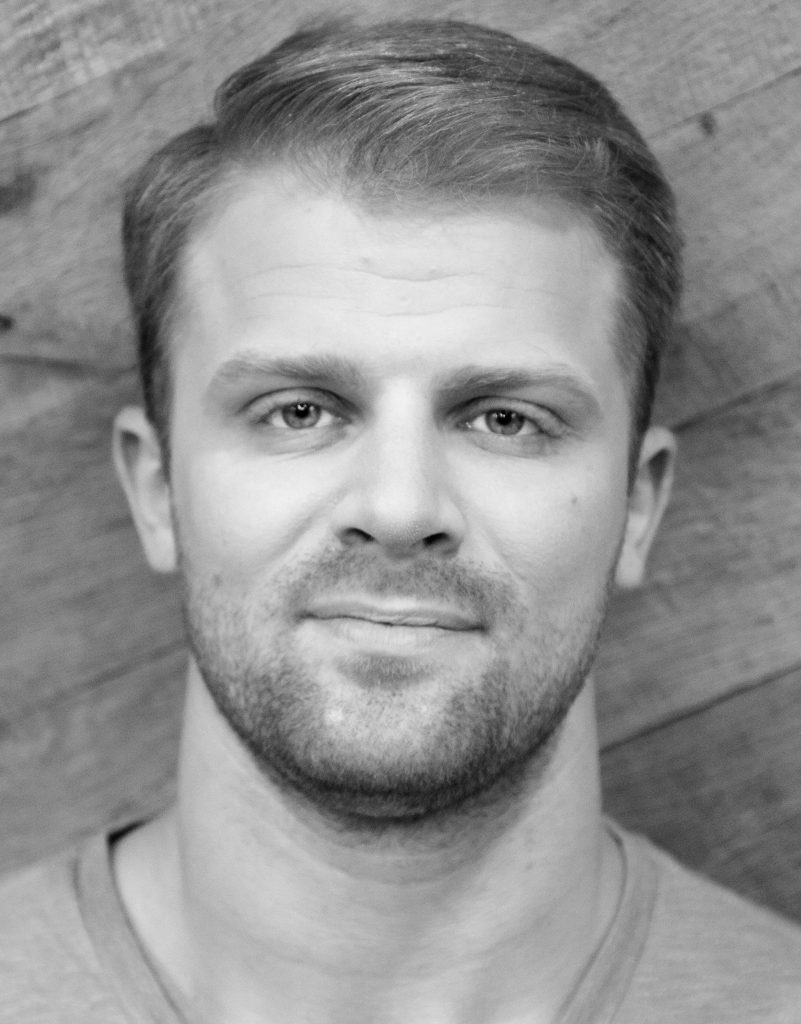Jordan McNair, a (former) University of Maryland football player, died a few weeks ago during practice as the team was completing conditioning drills.
All signs pointed towards him being in distress.
Yet, the cloud of “being tough” and persevering through a grueling workout seemed to have overcast common-sense.
We can learn from this tragic event as fitness professionals and be more cognizant of what our roles truly are. Thanks to NYC based strength coach, David Otey, for sending this article my way to post.

Coaching: The Fine Line Between Building Toughness and Being Destructive
It shouldn’t take a devastating loss to rattle the heads of everyone in an industry.
The death of Jordan McNair, a 19-year-old sophomore football player at the University of Maryland is one that got shockingly little attention until recently.
Jordan died a couple weeks after a conditioning incident when running 110’s with the team.1
While there is much to be seen regarding specifics of the circumstances the part that is clear is this happened under the watch of their Strength and Conditioning staff.

We work in a field where bigger, stronger, faster, and more resilient is the goal.
With increased expectations can come increasingly negligent practices or, at the very least, less attention to the factors we can control. I bring this up because this is just a concerning situation when looking at Personal Trainers and instructors who have less education, experience, and want to show what they can do.
This isn’t to say that less education or experience can make someone more dangerous, but someone may be less in tune with the risk factors and signs showing that someone can be in distress.
The symptoms of a heat illness include:
- High body temperature
- Nausea
- Vomiting
- Rapid breathing
- Flushed skin
- Headache
- Racing heart rate
- Confusion
- Agitation
- Slurred speech and irritability (1)
Don’t the top seven symptoms look like what a “tough workout” would lead to when working out outdoors in the summer?
While heat stroke symptoms are the example I use above, this can be similarly associated with any client that is thrown too far into a program without the proper baseline. As I would compare it, throwing someone into the deep end who doesn’t know how to swim. While there are many factors we cannot control, there are many we can control.
1) Communication
An open line of communication is paramount to gaining success and identifying everyone’s boundaries.
Self-awareness is not a trait that every individual comes equipped with when they begin working out.
At the end of the day, the risk of an exercise should never outweigh the reward it pays out.
There are always options to improve the health and performance of someone while avoiding some dumb shit you saw on Instagram.
The phrase I commonly use with all my clients or potential clients is…
“If at any point in time you feel tired, sore, fatigued, dizzy, or just generally uncomfortable, please let me know.”
I say this so frequently it becomes a natural part of their program dialogue.
Creating a line of communication where the athlete, individual, or child you are working with understands they can trust you to be open is when real progress begins.
2) Hydration
I think we all have at one point in our life had that coach that used “no water” as a form of punishment.
That is an awful and ridiculous idea.
To be sufficiently hydrated it is recommended to drink 16-20 oz of fluid prior to exercise and replenish every pound of weight lost in a training session with 20-24 oz of water afterwards.
While hydration numbers are often changing based on many variables, it is safe to say 8-12, 8 oz glasses of water are recommended daily (2). Water effects everything from cognitive function do muscular activity so, yeah, its kind of a big deal.
3) Symptoms
Identifying when someone you have been consistently working with just isn’t themselves comes with time and attention.
Understanding what these signs look like can help avoid injury or regrettable overexertion.
The following examples pertain to system overload scenarios:
- High respiratory rate
- Wheezing
- Blurred Vision
- Clammy skin
- Not sweating during vigorous activity
- Headache
- Uncontrollable HR
The following examples pertain to potential injuries (Muscular/Joint):
- Wincing
- Compensation to one side
- Irregular gait pattern
- Verbal cues (grunts or moans)
- Visible cues (facial expression)
Unsure? Don’t Pass Go
Ultimately, we cannot avoid all situations.
We try out best to avoid every wrong turn to get the most out every person we have the privilege to work with. The best we can do is keep our eye and attention at making sure we keep our clients and athletes in the safest position possible.
Mental toughness is built in dealing with adversity and pushing the current limits.
Generic training and standards of what we expect can be thrown out the window. Arbitrary training protocols and “toughness” challenges are a thing of the past.
With all the advances we have seen in the fitness industry we can avoid some of the circumstances we have seen ourselves in over the past few years. We need to develop individuals from where they currently stand to where they can eventually thrive.
Because I said so is never a good response.
Don’t find yourself to be the health professional who neglects health.
For those who’d like to help you can go HERE to contribute to the GoFundMe account that has been set up to support the McNair family.
Resources
- “Heat Illnesses.” Korey Stringer Institute, ksi.uconn.edu/emergency-conditions/heat-illnesses/
- Roy, Brad A. “Exercise and Fluid Replacement.” ACSMs Health & Fitness Journal, vol. 17, no. 4, 2013, p. 3
About the Author
David Otey is a Strength and Conditioning specialist based out of New York City. David is the 2015 Fitness Manager of the Year for Equinox and has been featured in several major fitness publications on the topics of strength and Conditioning. David will be presenting at this year’s NSCA PT Conference on the topics of Rotational Power and Hex Bar Protocols.
Instagram: HERE.



